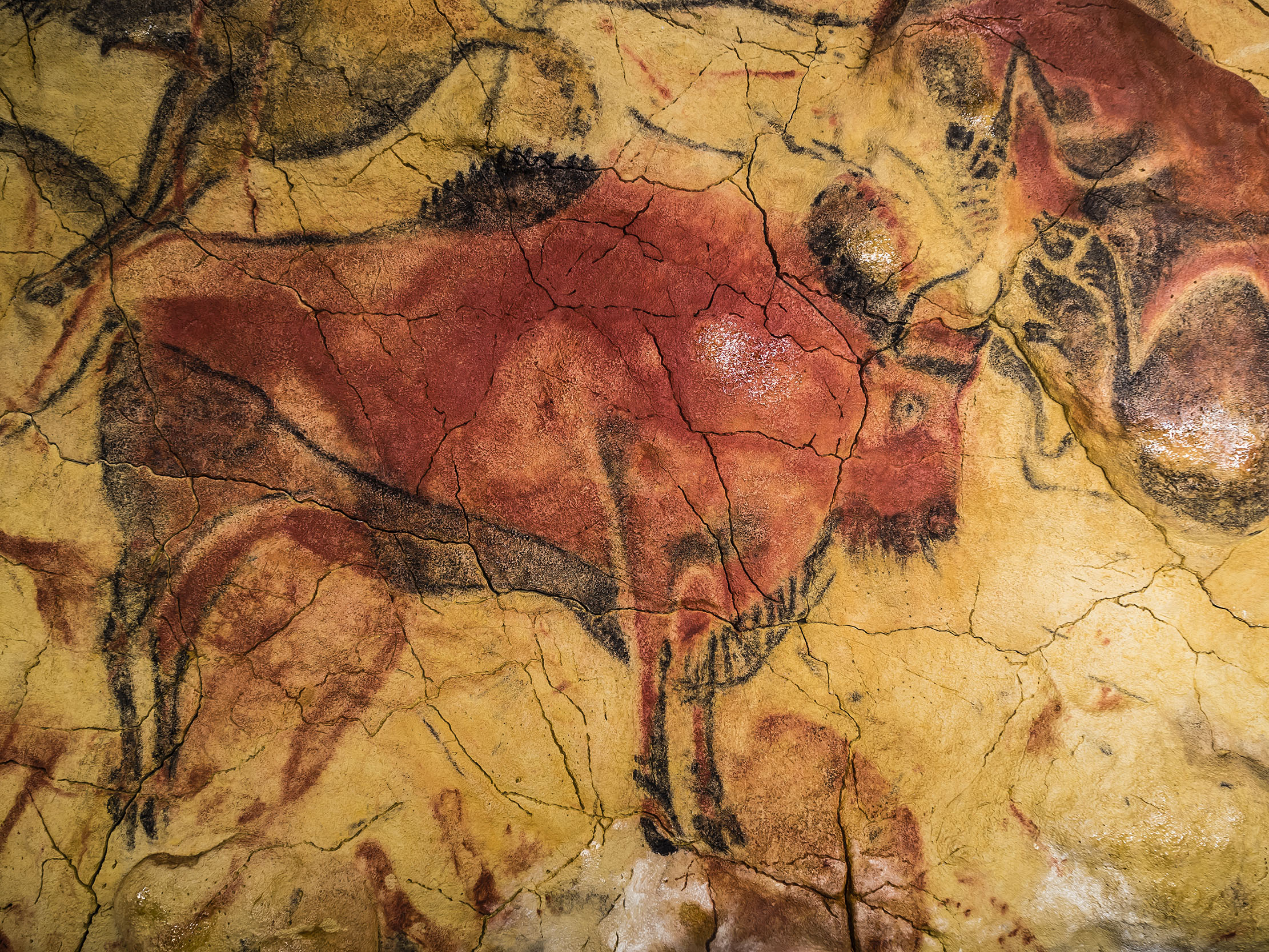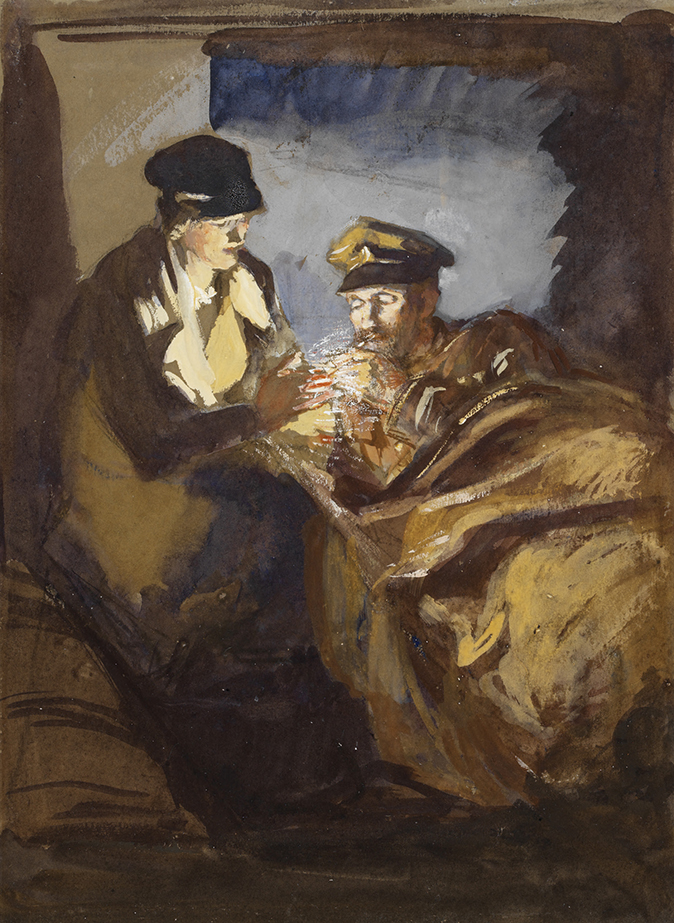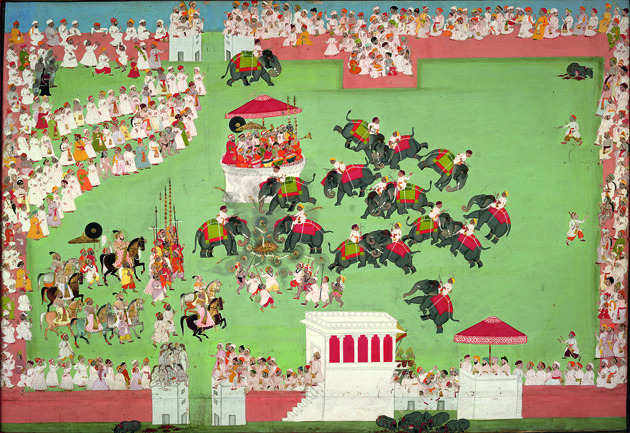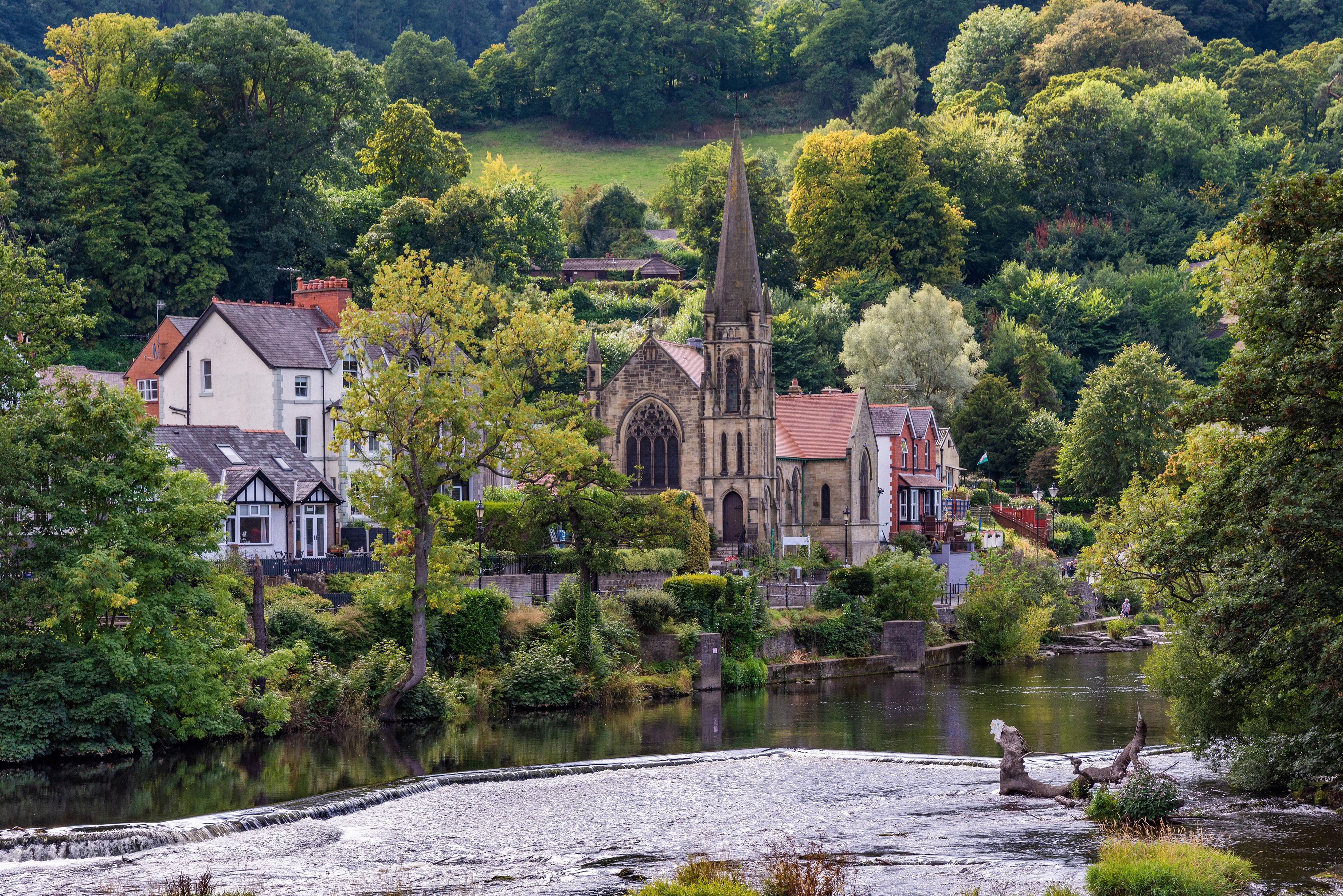My Favourite Painting: Julian Sands
The actor Julian Sands chooses one of art history's most extraordinary archaeological finds: the Steppe Bison painted at the Cave of Altamira, which he had the good fortune to see in person.


Julian Sands chooses Steppe Bison, by an artist unknown
"In 1973, when a mid-teenager on a Duke of Edinburgh Award camping trip in Northern Spain, I was lucky enough to explore the Cave of Altamira. I was stunned by the psychedelic colour, the power and the drama of the herds of bison roaming the cave walls, shepherded by the imprint of human hands vital and fresh after 35,000 years. Pure theatre. The memory fires my imagination to this day — a far more formative experience than first encounters with Cuba libres or Franco’s Guardia Civil down the road."
Actor Julian Sands is best known for his roles in Room with a View, The Killing Fields and Warlock.
John McEwen on the Cave of Altamira paintings
‘Look Papa! Oxen!’ exclaimed the daughter of Spanish landowner and amateur archaeologist Marcelino Sanz de Sautuola one day in 1879. In a newly revealed mountain cave, she saw extinct steppe bison painted using charcoal, ground ochre and hematite to create colours from pale yellow to red.
The cave proved to be two-thirds of a mile long, its main passage between 6½ft and 19½ft high. Human occupation was limited to its mouth, but not the paintings. They had been done from 35,000BC until a rock fall sealed the entrance in 11,000BC.
Sautuola and an archaeologist, Juan Vilanova y Piera, published a scientific paper claiming they were Palaeolithic, or prehistoric in layman’s terms. Lack of smoke traces made rival archaeologists say they were forgeries, but Sautuola and Piera proved that burnt marrow fat produced little soot compared with wood.
It took 20 years for their claim to be accepted, since when 200 other caves in northern Spain containing Palaeolithic wall paintings have been discovered, although none as spectacular as Altamira. Today, the public is excluded because of breath contamination. There are replicas of a section at the site and in the National Archaeological Museum in Madrid.
Pigmented hand prints have proved a particularly popular aspect of the Altamira paintings for modern artists. In 1949, an artists’ group, among them Joan Miró (1893–1983) and the Englishman Tony Stubbing (1921–83), formed the School of Altamira, which held discussions in the cave. Stubbing made his name with hand-print paintings, one of which provided the final illustration in Herbert Read’s A Concise History of Modern Painting (1959). Read wrote that the Altamira cave paintings ‘still convey a magical effect’.

Stephen Fry’s favourite painting
Stephen Fry shares why he loves this famous Velázquez painting of Pope Innocent X
Sign up for the Country Life Newsletter
Exquisite houses, the beauty of Nature, and how to get the most from your life, straight to your inbox.

My favourite painting: Sue Laing
'This picture both reminds me of her and throws into sharp relief the extraordinary advances made in military medicine and

My favourite painting: Nicholas Coleridge
Nicholas Coleridge chooses Maharana Jagat Singh attending an elephant fight by Syaji and Sukha as his favourite painting
Country Life is unlike any other magazine: the only glossy weekly on the newsstand and the only magazine that has been guest-edited by HRH The King not once, but twice. It is a celebration of modern rural life and all its diverse joys and pleasures — that was first published in Queen Victoria's Diamond Jubilee year. Our eclectic mixture of witty and informative content — from the most up-to-date property news and commentary and a coveted glimpse inside some of the UK's best houses and gardens, to gardening, the arts and interior design, written by experts in their field — still cannot be found in print or online, anywhere else.
-
 About time: The fastest and slowest moving housing markets revealed
About time: The fastest and slowest moving housing markets revealedNew research by Zoopla has shown where it's easy to sell and where it will take quite a while to find a buyer.
By Annabel Dixon
-
 Betty is the first dog to scale all of Scotland’s hundreds of mountains and hills
Betty is the first dog to scale all of Scotland’s hundreds of mountains and hillsFewer than 100 people have ever completed Betty's ‘full house’ of Scottish summits — and she was fuelled by more than 800 hard boiled eggs.
By Annunciata Elwes
-
 'As a child I wanted to snuggle up with the dogs and be part of it': Alexia Robinson chooses her favourite painting
'As a child I wanted to snuggle up with the dogs and be part of it': Alexia Robinson chooses her favourite paintingAlexia Robinson, founder of Love British Food, chooses an Edwin Landseer classic.
By Charlotte Mullins
-
 The Pre-Raphaelite painter who swapped 'willowy, nubile women' for stained glass — and created some of the best examples in Britain
The Pre-Raphaelite painter who swapped 'willowy, nubile women' for stained glass — and created some of the best examples in BritainThe painter Edward Burne-Jones turned from paint to glass for much of his career. James Hughes, director of the Victorian Society, chooses a glass masterpiece by Burne-Jones as his favourite 'painting'.
By Charlotte Mullins
-
 'I can’t look away. I’m captivated': The painter who takes years over each portrait, with the only guarantee being that it won't look like the subject
'I can’t look away. I’m captivated': The painter who takes years over each portrait, with the only guarantee being that it won't look like the subjectFor Country Life's My Favourite Painting slot, the writer Emily Howes chooses a work by a daring and challenging artist: Frank Auerbach.
By Toby Keel
-
 My Favourite Painting: Rob Houchen
My Favourite Painting: Rob HouchenThe actor Rob Houchen chooses a bold and challenging Egon Schiele work.
By Charlotte Mullins
-
 My Favourite Painting: Jeremy Clarkson
My Favourite Painting: Jeremy Clarkson'That's why this is my favourite painting. Because it invites you to imagine'
By Charlotte Mullins
-
 The chair of the National Gallery names his favourite from among the 2,300 masterpieces — and it will come as a bit of a shock
The chair of the National Gallery names his favourite from among the 2,300 masterpieces — and it will come as a bit of a shockAs the National Gallery turns 200, the chair of its board of trustees, John Booth, chooses his favourite painting.
By Toby Keel
-
 'A wonderful reminder of what the countryside could and should be': The 200-year-old watercolour of a world fast disappearing
'A wonderful reminder of what the countryside could and should be': The 200-year-old watercolour of a world fast disappearingChristopher Price of the Rare Breed Survival Trust on the bucolic beauty of The Magic Apple Tree by Samuel Palmer, which he nominates as his favourite painting.
By Charlotte Mullins
-
 My favourite painting: Andrew Graham-Dixon
My favourite painting: Andrew Graham-Dixon'Lesson Number One: it’s the pictures that baffle and tantalise you that stay in the mind forever .'
By Country Life